How to Invoice in Project-Based Businesses: A Complete Guide to Efficient Billing
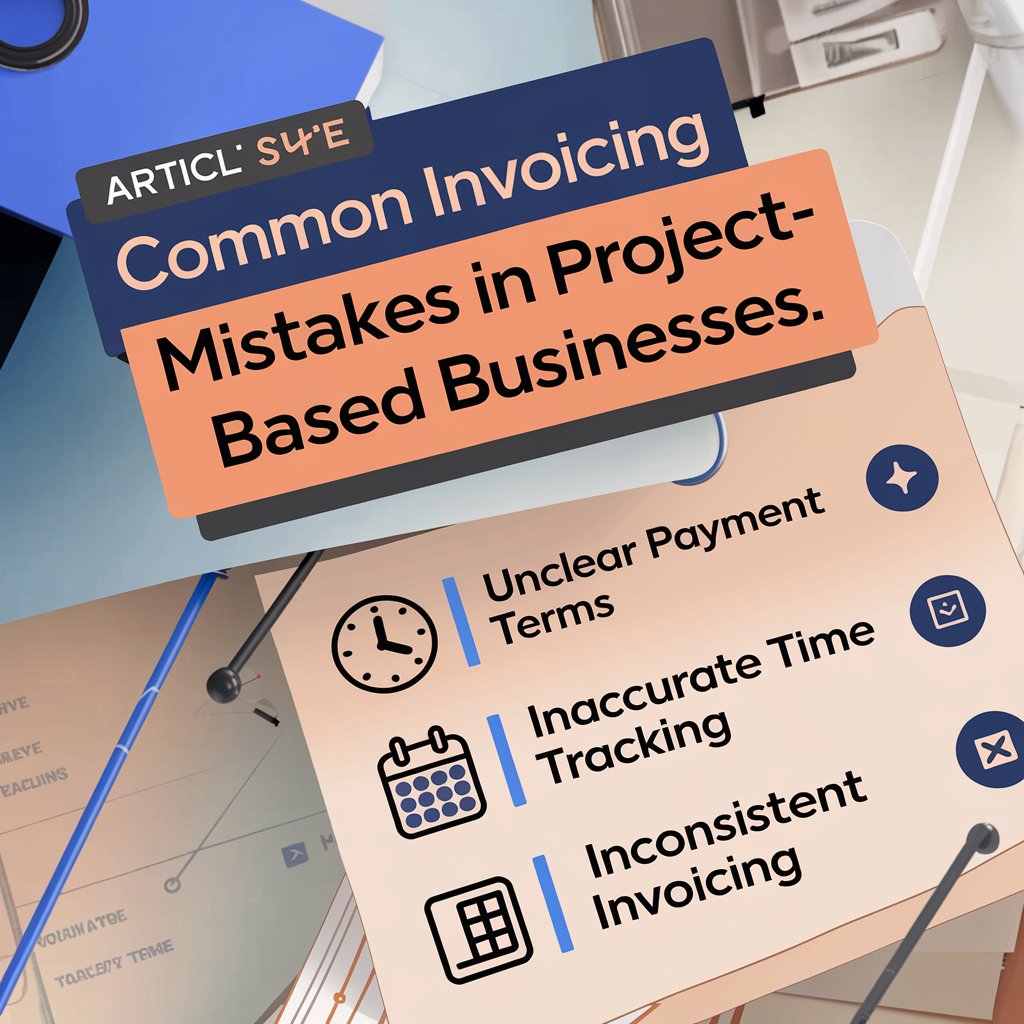
Understanding Project-Based Invoicing
Before diving into the specifics of how to invoice in project-based businesses, it’s important to understand what sets this type of billing apart from standard or recurring invoicing.
Project-based invoicing refers to the practice of billing clients for work completed on specific projects, rather than for ongoing services. How to Invoice in Project-Based Businesses this approach presents unique challenges, including:
- Varying payment schedules
- Multiple milestones or phases
- Potential scope changes
- Different pricing models (fixed-price vs. time and materials)
Mastering how to invoice in project-based businesses requires a clear understanding of these challenges and the flexibility to adapt your invoicing strategies accordingly.
Key Components of a Project-Based Invoice
To effectively invoice in project-based businesses, your invoices should include the following essential elements:
- Business Information
- Your business name
- Contact information (address, phone number, email)
- Business logo (for brand recognition)
- Client Details
- Client’s name
- Client’s address
- Contact person’s name and email
- Invoice Number and Date
- Unique identifier for each invoice
- Date the invoice is issued
- Project Description
- Brief overview of the project
- Reference to the project contract or agreement
- Detailed Line Items
- Breakdown of services provided
- Hours worked (if applicable)
- Rates or fixed costs
- Description of each task or deliverable
- Payment Terms
- Due date for payment
- Accepted payment methods
- Late payment fees or policies
- Total Amount Due
- Subtotal of all charges
- Any applicable taxes
- Discounts (if any)
- Final total amount due
Including all these elements ensures clarity and professionalism in your invoicing process, which is crucial when learning how to invoice in project-based businesses effectively.
Types of Invoicing for Project-Based Work
When considering how to invoice in project-based businesses, it’s important to choose the right invoicing method for your specific project and client relationship. Here are four common approaches:
1. Milestone Invoicing
This method involves billing clients upon completion of specific project phases or milestones. It’s ideal for long-term projects with clearly defined stages.
Pros:
- Ensures steady cash flow throughout the project
- Aligns payment with tangible progress
Cons:
- Requires careful project planning and clear milestone definitions
2. Time and Materials Invoicing
This approach charges clients based on the time spent and materials used. It’s suitable for projects with flexible scopes or where the exact requirements are unclear at the outset.
Pros:
- Reflects actual work done and resources used
- Allows for flexibility in project scope
Cons:
- Can be less predictable for clients in terms of final cost
3. Fixed-Price Invoicing
With this method, you bill a pre-agreed amount regardless of the time or materials used. How to Invoice in Project-Based Businesses it’s often used for well-defined projects with clear deliverables.
Pros:
- Provides cost certainty for clients
- Can be more profitable if you complete the work efficiently
Cons:
- Risks loss if the project takes longer than anticipated
4. Progress Invoicing
This involves sending invoices at regular intervals based on the percentage of project completion. It’s a hybrid approach that can work well for medium to long-term projects.
Pros:
- Provides regular cash flow
- Allows for adjustments as the project progresses
Cons:
- Requires accurate tracking of project progress
Choosing the right invoicing method is a crucial step in learning how to invoice in project-based businesses effectively.
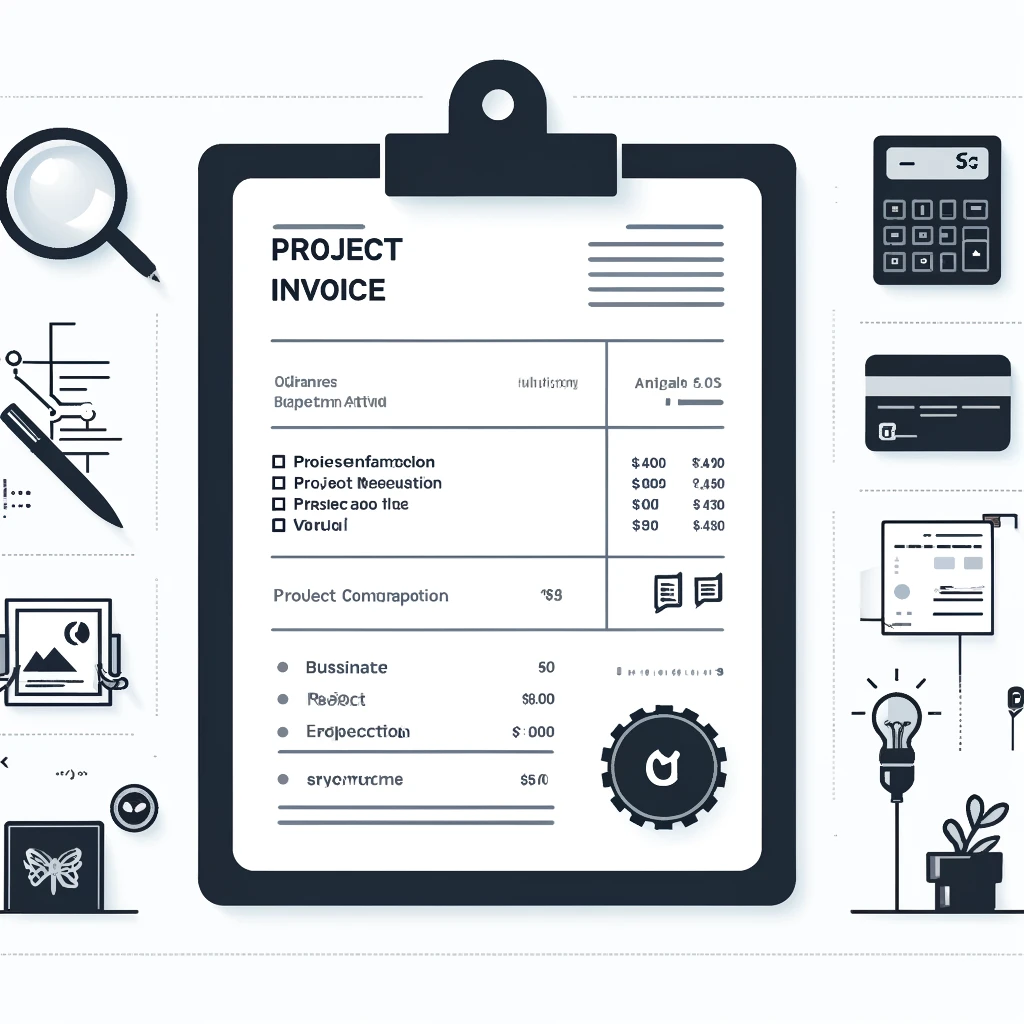
How to Create an Effective Project-Based Invoice
Now that we understand the components and types of invoices, let’s walk through the steps of creating an effective project-based invoice:
- Outline the Scope of Work
- Reference the contract or agreement
- Clearly state what has been completed
- Set Clear Milestones and Payment Triggers
- Specify when invoices will be sent (e.g., at project start, during key phases, upon completion)
- Align invoices with deliverables or milestones
- Use Detailed Descriptions
- Clearly describe each task or deliverable
- Avoid vague or generic terms
- Calculate Costs Accurately
- Account for all time spent, materials used, and additional expenses
- Apply agreed-upon rates or fixed prices
- Include Payment Instructions
- Provide clear details on how the client can pay
- Include bank details, online payment links, or payment portal information
- Set Clear Payment Terms
- Specify the payment due date
- Outline any late payment penalties or early payment incentives
- Add a Personal Touch
- Include a thank you note or personalized message
- Reference future work or ongoing relationship, if applicable
By following these steps, you’ll create comprehensive and professional invoices, which is essential when learning how to invoice in project-based businesses.
Common Mistakes to Avoid in Project-Based Invoicing
As you develop your skills in how to invoice in project-based businesses, be aware of these common pitfalls:
- Unclear Payment Terms
- Ambiguous due dates or penalties can lead to payment delays
- Solution: Clearly state all payment terms and conditions
- Inaccurate Time Tracking
- Failing to log hours correctly can result in billing disputes
- Solution: Use reliable time tracking tools and maintain detailed records
- Lack of Communication
- Not keeping clients informed about invoicing schedules can cause confusion
- Solution: Discuss invoicing expectations upfront and provide regular updates
- Inconsistent Invoicing
- Irregular billing practices can lead to cash flow issues
- Solution: Establish and stick to a consistent invoicing schedule
- Overlooking Contract Terms
- Failing to align invoices with agreed-upon contract terms can create conflicts
- Solution: Always refer to the contract when preparing invoices
- Neglecting to Follow Up
- Forgetting to follow up on unpaid invoices can result in late payments
- Solution: Implement a systematic follow-up process for overdue invoices
How to Invoice in Project-Based Businesses avoiding these mistakes will help you refine your approach to how to invoice in project-based businesses and maintain positive client relationships.
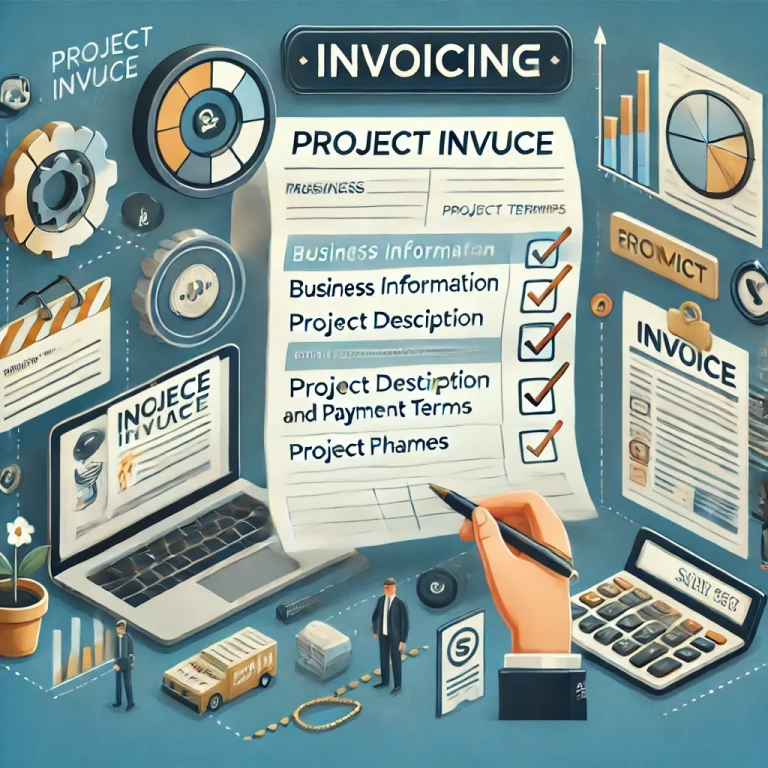
Tools and Software for Project-Based Invoicing
Leveraging the right tools can significantly streamline your invoicing process. Here are some recommendations for software that can help you master how to invoice in project-based businesses:
Accounting Software
These platforms offer comprehensive invoices templates features, including customizable templates, automatic reminders, and financial reporting.
Time Tracking Apps
- Harvest
- Toggl
- Clockify
These tools integrate with invoicing software to accurately track billable hours and streamline the invoicing process.
Project Management Platforms
- Asana
- Trello
- Monday.com
Many project management tools now offer built-in invoicing capabilities, allowing you to manage projects and billing in one place.
Dedicated Invoicing Software
- Invoice Ninja
- Zoho Invoice
- Wave
- Linbis Invoice
These specialized tools offer robust features for creating, sending, and managing invoices for project-based work.
Choosing the right combination of tools can significantly improve your efficiency in how to invoice in project-based businesses.
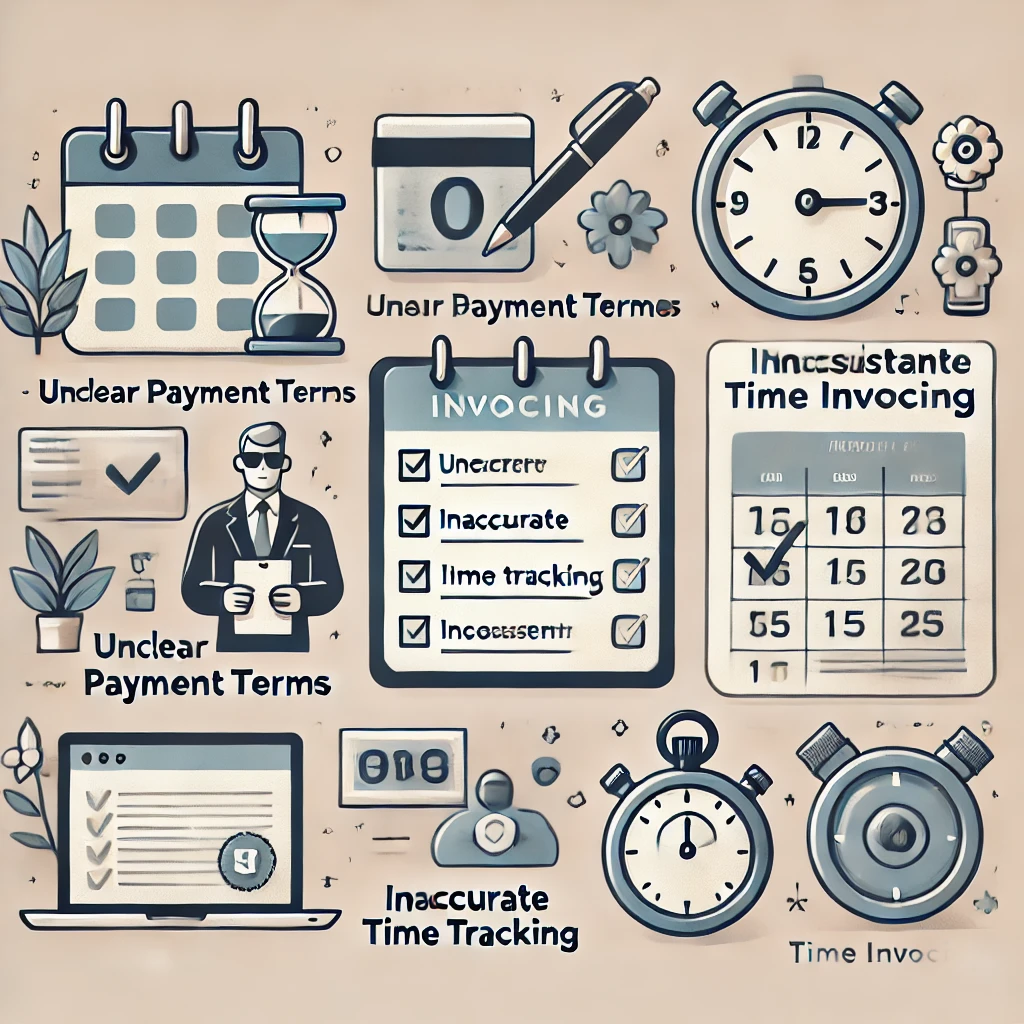
Tips for Faster Payments in Project-Based Businesses
To ensure prompt payments and maintain a healthy cash flow, How to Invoice in Project-Based Businesses consider these tips:
- Send Invoices Promptly
- Invoice as soon as a milestone is reached or the project is completed
- Don’t delay billing; it can lead to delayed payments
- Offer Multiple Payment Options
- Include various payment methods like bank transfer, credit cards, or digital wallets
- Make it as easy as possible for clients to pay you
- Follow Up Regularly
- Set reminders for clients about upcoming or overdue payments
- Be polite but persistent in your follow-ups
- Incentivize Early Payments
- Consider offering small discounts for early or on-time payments
- This can motivate clients to pay promptly
- Use Clear and Professional Invoice Designs
- A well-designed invoice is more likely to be taken seriously and paid promptly
- Use professional templates or design your own branded invoice
- Automate Where Possible
- Use software to automate invoice creation, sending, and reminders
- This ensures consistency and saves time
- Maintain Open Communication
- Keep clients informed about upcoming invoices
- Address any issues or questions promptly to avoid payment delays
Implementing these strategies will help you not only in learning how to invoice in project-based businesses but also in ensuring a steady cash flow for your business.
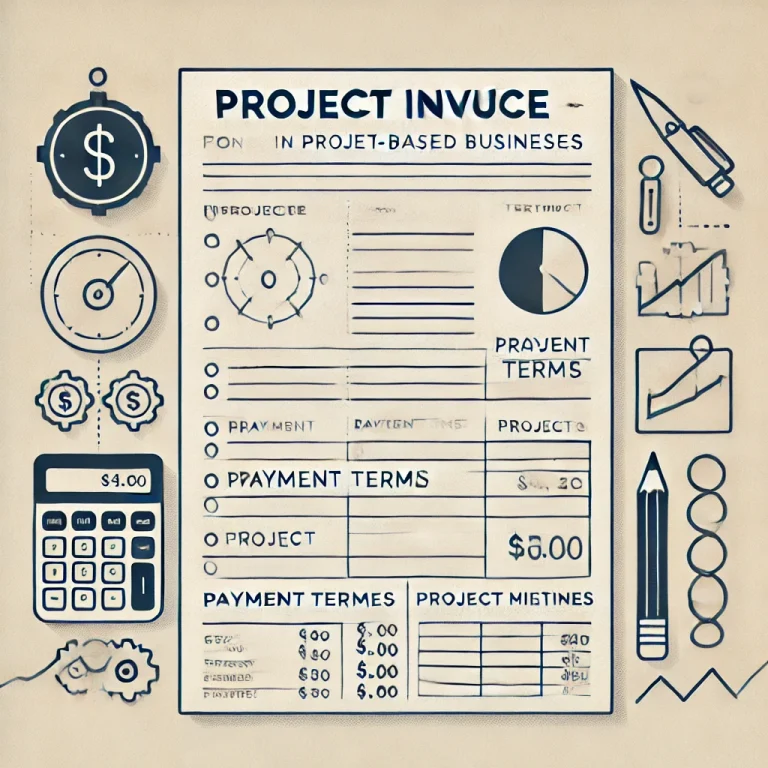
Conclusion
Mastering how to invoice in project-based businesses is crucial for maintaining financial stability and professional relationships with your clients. By understanding the key components of a project-based invoice, choosing the right invoicing method, avoiding common mistakes, and leveraging appropriate tools, you can create an efficient and effective billing process.
Remember, clear communication, detailed documentation, and prompt follow-ups are key to successful project-based invoicing. As you implement these strategies, you’ll likely see improvements in your cash flow and client relationships.
Streamline Your Project-Based Invoicing with Linbis
Ready to take your project-based invoicing to the next level? Explore Linbis for integrated invoicing and project management solutions that can streamline your business operations. Our platform offers powerful tools designed specifically for project-based businesses, helping you manage projects, track time, and create professional invoices all in one place.
Don’t let invoicing headaches hold your business back. With Linbis, you can focus on what you do best – delivering great projects – while we take care of the billing details. Visit Linbis today to learn how to create commercial invoices, cleaning invoices, trucking invoices and many more. We can help you perfect your approach to project-based invoicing and take your business to new heights.
